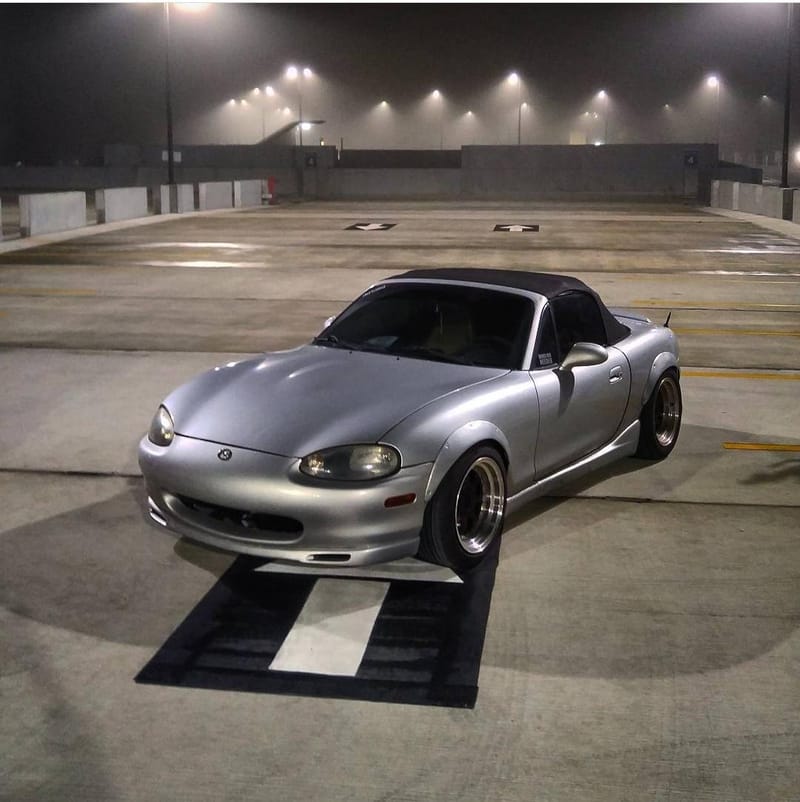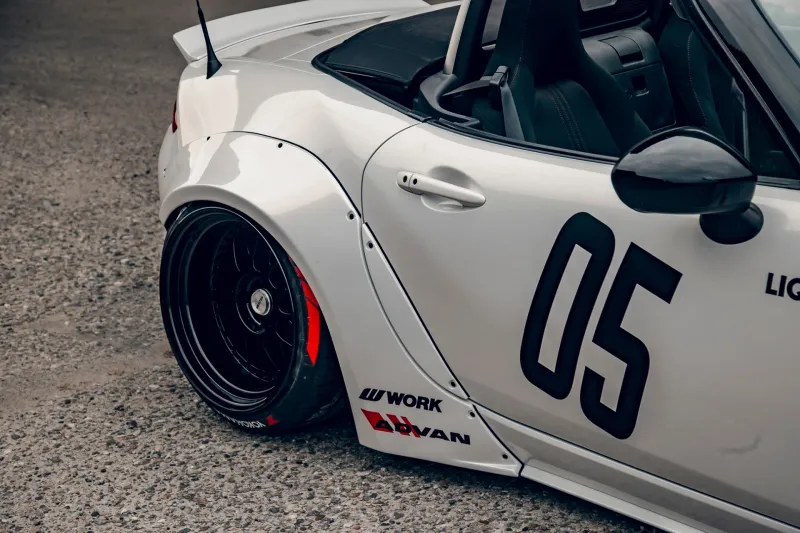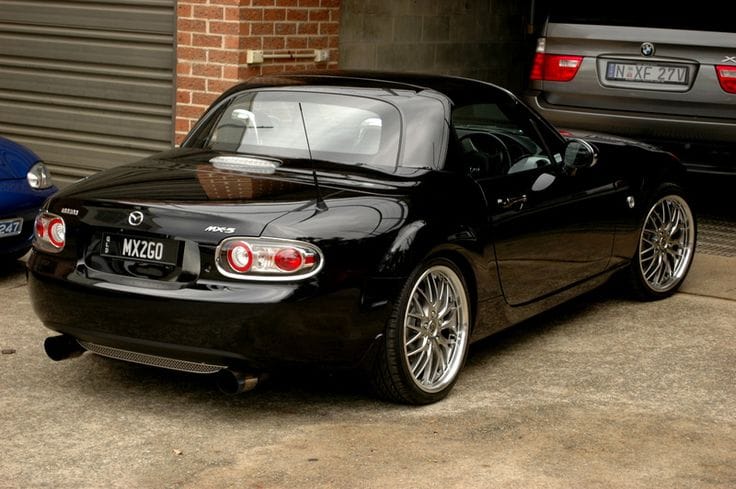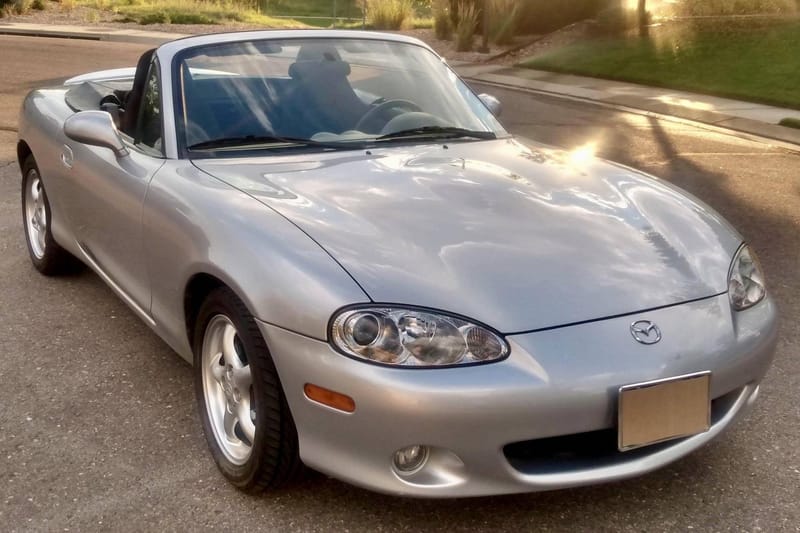Weekend Wrenching: Top 10 Easy Mods for Miatas
A hyper-detailed, driveway-friendly guide for NA, NB, NC, and ND owners
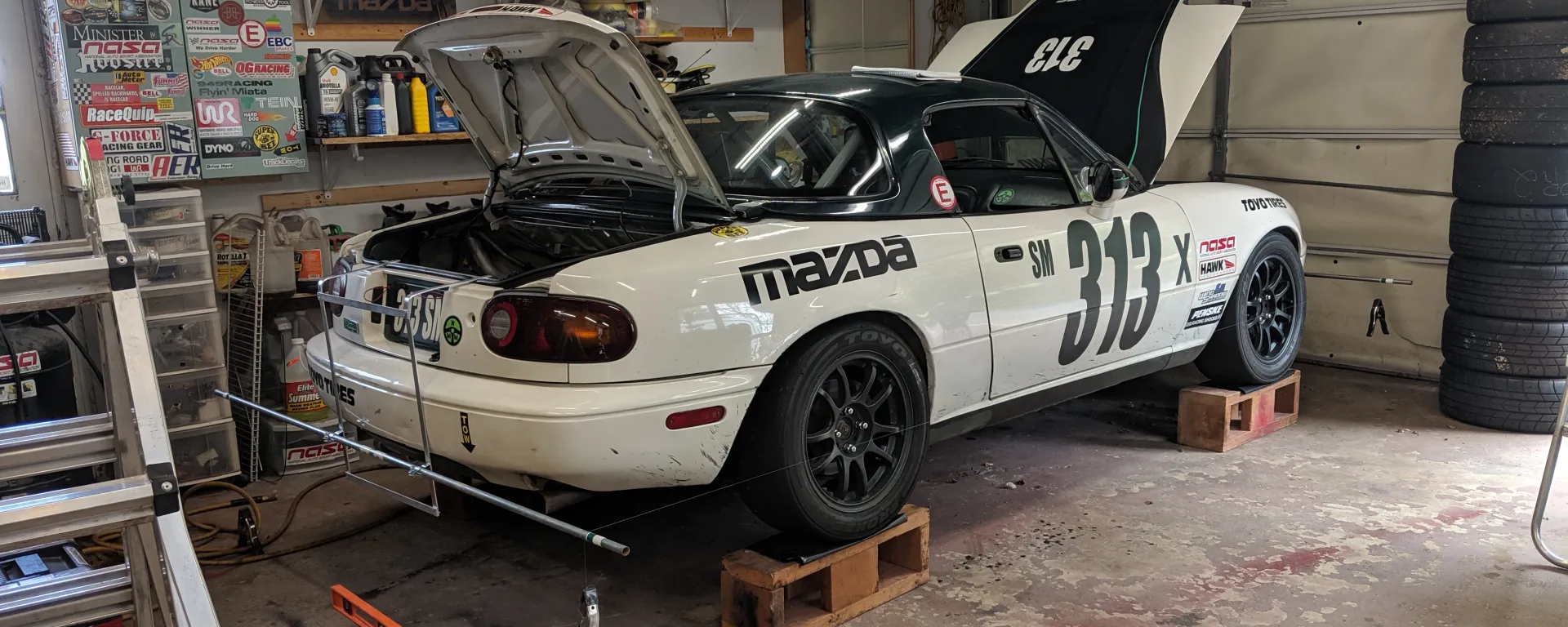
Big-ticket parts look impressive on a build sheet, but they also have a nasty habit of keeping your car stranded on jack stands come Monday. The projects that follow hit the sweet spot: they fit every Miata generation with almost no adaptation, demand nothing more specialized than the tools already rattling around in your toolbox, and slot neatly into a single weekend, many into a lazy Saturday afternoon. Clear some floor space, crank the playlist, and let’s turn wrenches.
Weighted Shift Knob
Swapping the factory knob for a heavier stainless or Delrin unit is the definition of instant gratification. The extra mass helps the synchros mesh more smoothly, so each gear change feels like cycling the bolt on a well-oiled rifle. Installation is as brisk as unscrewing the old knob and spinning on the new one, though a dab of blue Loctite never hurts. If you want to take things a step further, drain the gummy old fluid from the shifter turret and refill with seventy-five milliliters of fresh GL-4, goodbye notchy second gear.

Door-Striker Bushings
After a couple of decades, the soft rubber donuts that clamp each door shut have usually turned to mush. Replacing them with hard Delrin bushings tightens the latch against the chassis and banishes the cowl shake and squeaks that plague high-mileage cars. The job calls for nothing fancier than a #3 JIS screwdriver; loosen the screws, nudge the latch inward a millimeter or so, then snug everything down. Close the door gently once to seat the bushings, torque to spec, and enjoy a cabin that suddenly feels carved from billet.

LED Lighting Upgrade
Modern LEDs earn their keep in two ways: their instant-on nature gives the tailgater behind you an extra three-quarters of a car length to react, and their crisp white glow drags the cockpit out of the ’90s. All it takes is a trim tool to pop the lenses, a quick bulb swap, and a smear of dielectric grease to keep corrosion at bay. Match color-temperature ratings, around 5000 K looks factory-clean, so your gauge cluster doesn’t resemble a disco floor.

Cold-Air Intake or High-Flow Panel Filter
Early cars benefit most from a Randall-style snorkel that pulls cool, high-pressure air from the cowl. You’ll drill the firewall plate, route an aluminum elbow wrapped in silicone, and protect the harness loom with a length of vacuum hose slit down the middle. Net gain at the wheels is a real four to six horsepower. Newer generations breathe well right out of the box, so a drop-in high-flow panel filter often delivers the best bang for time.

Stainless Brake Lines and Fluid Flush
Few things transform driver confidence like a firm, communicative brake pedal. Rubber lines flex under pressure; stainless-braided hoses don’t. Replace all four, then chase the old fluid out with a liter of fresh DOT-4 until it runs the color of a fine chardonnay. Crack each bleeder screw the night before and hose it down with penetrating oil, the next day’s bleeding session will feel positively civilized.
Sway Bars
If you want proof that less body roll equals bigger smiles, bolt on a stiffer front bar and a slightly softer rear to maintain balance. Turn-in will sharpen immediately, the steering wheel will feel lighter, and the car will sit flatter through sweepers without touching the springs or ride height. Most bars slip into place with a socket set and a jack; just start on the middle adjustment holes and fine-tune after a test drive.

Performance Street Pads and Slotted Rotors
Factory pads fade fast on spirited runs. Stepping up to compounds like Porterfield R4-S or Hawk HPS paired with slotted rotors shortens stopping distances and resists heat without the squeals of full race pads. Once everything is torqued, bed the brakes with a half-dozen hard 60-to-10 mph stops, then cruise gently for ten minutes to cool the rotors. Skip this ritual and you’ll glaze the pads before you ever reach your favorite switchback.

Lightweight Wheels and Sticky Tires
Unsprung, rotating mass is the performance tax nobody sees until it’s gone. Swapping heavy OEM wheels for flow-formed eleven-pound units lets the suspension react faster and the engine spin up with less effort. Wrap them in a grippy, three-season tire and you’ll swear you added power and suspension tuning in one stroke. Fitment is straightforward, just respect stock fender clearance, especially on the ND, unless you feel like rolling metal.
Cat-Back Exhaust
A quality 304-stainless system does more than add a couple of horsepower; it injects character without droning on the highway. Penetrating fluid and patience are your friends on rusty flange bolts. Once the new pipes are in place, wipe the mating surfaces with Scotch-Brite, slip in fresh graphite gaskets, torque evenly, and enjoy a soundtrack that finally matches the chassis’ playful nature.
Aluminum Cross-Flow Radiator
Heat kills Miata engines quicker than horsepower does. A modern 42-millimeter cross-flow core dumps roughly thirty percent more BTUs than the crusty brass original, future-proofing the car for summer traffic or eventual forced induction. Drain the system, pull the fans, slide in the new unit, trimming a tab or two on NB and newer shrouds isn’t uncommon, then refill with fifty-fifty premix and purge every last bubble.
Tuning a Miata is less about checking boxes and more about solving the little annoyances that nibble at your driving bliss. Maybe the squishy brake pedal bugs you most, or perhaps the stock exhaust’s whisper leaves you cold. Pick the upgrades that fix what you feel first and let the rest follow. Tackle the ten mods above over a couple of relaxed weekends and you’ll end up with a roadster that brakes harder, turns flatter, sounds richer, and stays cooler, yet still leaves plenty of headroom in the budget for turbos, coil-overs, or aero when the itch returns.
Happy wrenching, and see you out on the twisties!!!

